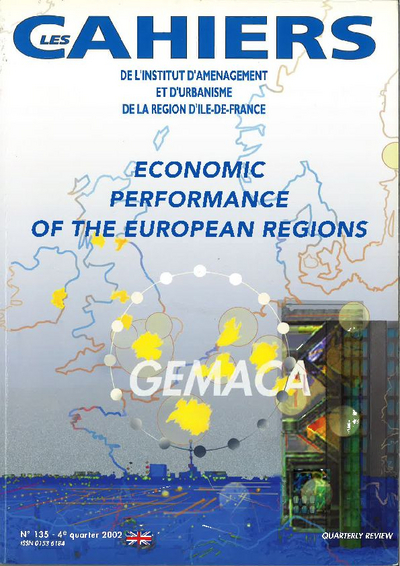Economic performance of the European regions
As Europe expands and globalisation proceeds apace, the major urban regions have been comparing and appraising their relative strenghts and weaknesses, in order to hold their own in an increasingly competitive international economic environment.
These regions and their cities are aware of the key part they can play in terms of both the dynamics of the European economy and the repercussions of such dynamics on each of the areas concerned. They therefore continually have to improve their performance levels, which means they are committed to an ongoing process of innovation.
What are these major metropolitan areas like in North Western Europe? How can we measure and compare their relative performance levels? On what territories are they located? What links are there between the results recorded by their businesses and the qualitative strengths of their territories? There are some of the key questions for the European Union's economic development addressed by a group of European partners as part of the Group for European Metropolitan Areas Comparative Analysis (GEMACA II), second project. Its ambition was to achieve several objectives:
- To better understand the framework and the various dynamics of economic development in the regions of North Western Europe.
- To collect comparable information and data on socio-economic trends in metropolitan areas.
- To identify and analyse the high-growth sectors in four functional urban regions (Dublin, London, Paris, the RheinRuhr).
- To delineate the outline of the economic regions in all metropolitan areas.
This issue of Les Cahiers reports on the work done and preliminary conclusions drawn by the GEMACA II group of partners, of which IAURIF has been an active leader since 1992.
This study is linked to the following themes :
International |
Economy
